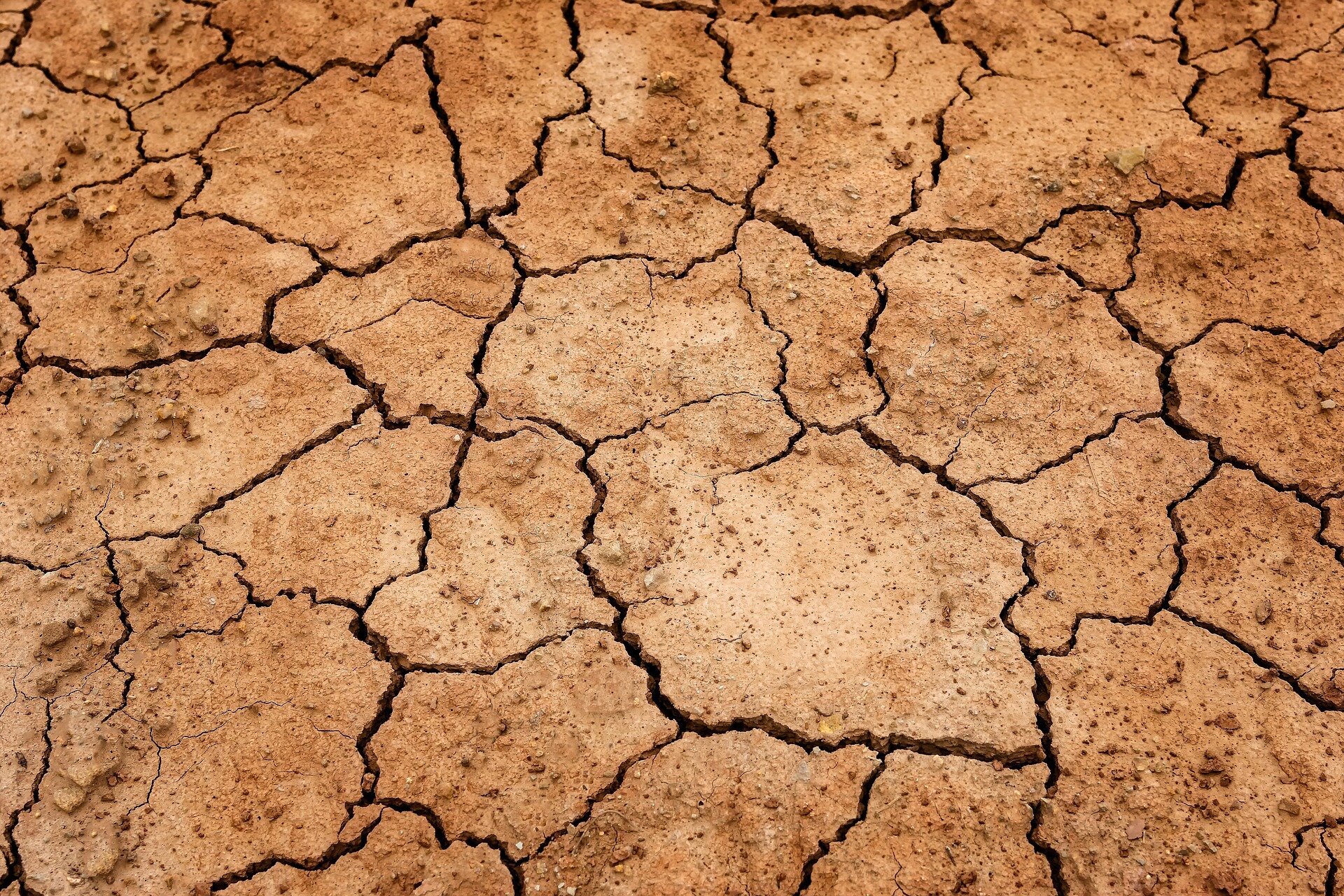A rare combination of three major climate factors—El Niño, the positive phase of the Indian Ocean Dipole, and the warm phase of the Tropical North Atlantic—has contributed, along with climate change, to intensifying drought conditions in South America, southern Africa, and parts of the Mediterranean and eastern Europe.
The report, “Global Drought Overview—September 2024,” published by the European Commission’s Joint Research Center (JRC), shows the gravity of these temperature and rainfall anomalies.
Several regions of the world have experienced very pronounced warm temperature anomalies. In July 2024, these anomalies exceeded 3°C in north-western North America, eastern Canada, the Mediterranean, eastern Europe, south-eastern and central Africa, Iran, western and central Russia, Japan, and Antarctica.
The extreme drought conditions have pushed millions of people from food stress to crisis levels in many regions of the world. With less food available, vulnerable populations will be further exposed to hunger and malnutrition. In southern Africa, millions of people are expected to require food aid in the coming months.
Rivers, lakes, and water reservoirs have been drying up as a result of the combination of prolonged lack of rain and high evaporation caused by the high temperatures.
In South America, rivers such as the Amazon have been at alarmingly low water levels, threatening agriculture, drinking water supplies, transportation and hydropower production.
In southern Africa, the very low water flow of the Zambezi River—a critical source of hydroelectric power for several countries—has been causing power shortages and blackouts, with several indirect consequences.


